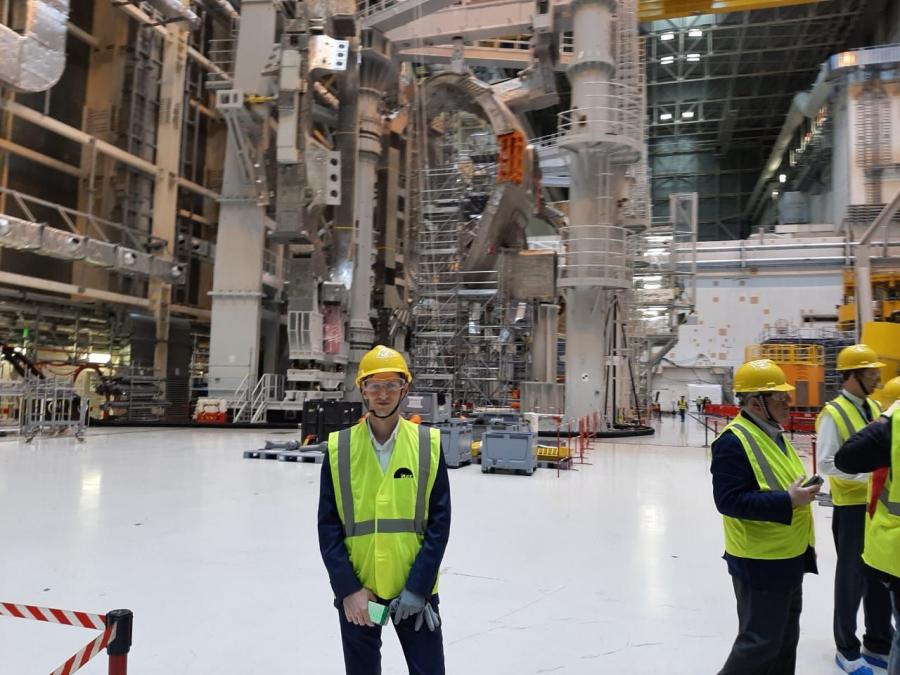Last week, members of the ITER Science and Technology Advisory Committee met at the headquarters of the International Thermonuclear Experimental Reactor Project and reviewed an updated plan for assembling and operating the tokamak. Head of the Department of Plasma Physics of the MEPhI Yuri Gasparyan took part in the meeting.

Head of the Department of Plasma Physics of the MEPhI Yuri Gasparyan
“A draft of changes in terms of assembly and research on the tokamak was presented. Many elements of the tokamak have already been delivered to ITER, two lower poloidal field coils have been installed, however, further defects were discovered in the manufacture of individual elements of the vacuum chamber and heat shield. Currently, active repair work is being carried out, and in order to minimize delays in achieving the main goal - demonstrating the combustion of deuterium-tritium plasma with Q = 10, planned for 2035, a number of corrections to the work plan are proposed,” said Yuri Gasparyan.
According to the scientist, one of the most significant changes should be the replacement of the lining material of the first wall from beryllium to tungsten. It is assumed that this will make it possible at the initial stage to do without active cooling of plasma-facing elements, and will also minimize the risks of serious damage in the event of plasma discharge failures.
Yuri Gasparyan also recalled that at the Department of Plasma Physics of MEPhI, in the framework of cooperation with ITER, a project is being implemented to create a complex for diagnosing dust (wall erosion products); for many years, fundamental research has been carried out on the interaction of hydrogen plasma with structural materials. Now the university has its own tokamak - MEPHIST. That is why representatives of the department are often invited as experts in this field to various international meetings and symposia.





